Visions of greener transport in Eastbourne
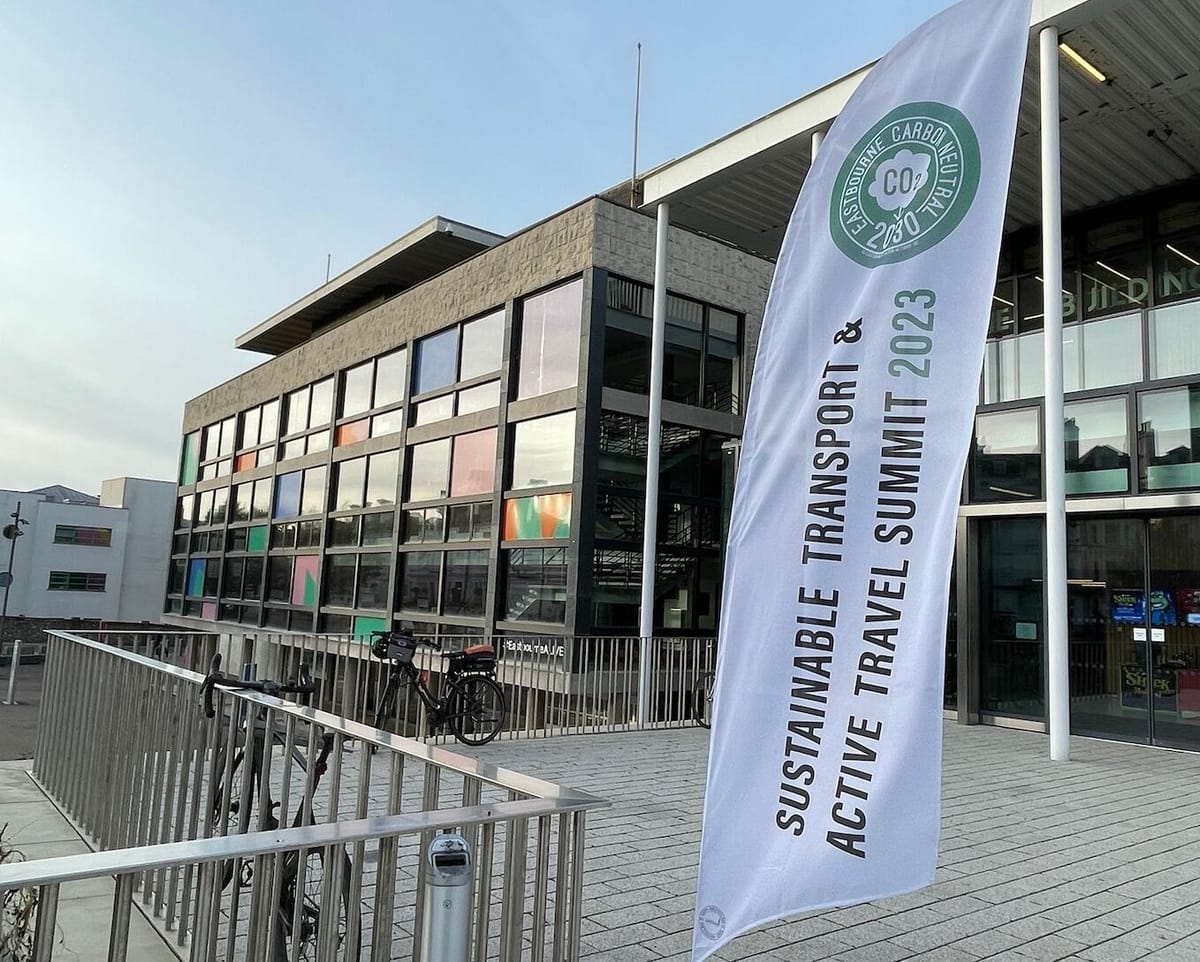
Car-free, elegant public spaces in the town centre, frequent buses, and safe cycling for families and commuters was the vision presented at a sustainable transport summit in Eastbourne.
There was consensus that the current situation could not continue: car dependency, daily traffic jams, gridlocked roundabouts, unreliable buses, driving speeds which endanger pedestrians, and few safe cycle routes.
Eastbourne is only five miles across and largely flat, so there were calls for people to walk, cycle and use buses more.
A mother who cycles her two children to school with a bike trailer told how she is repeatedly sworn at by motorists.
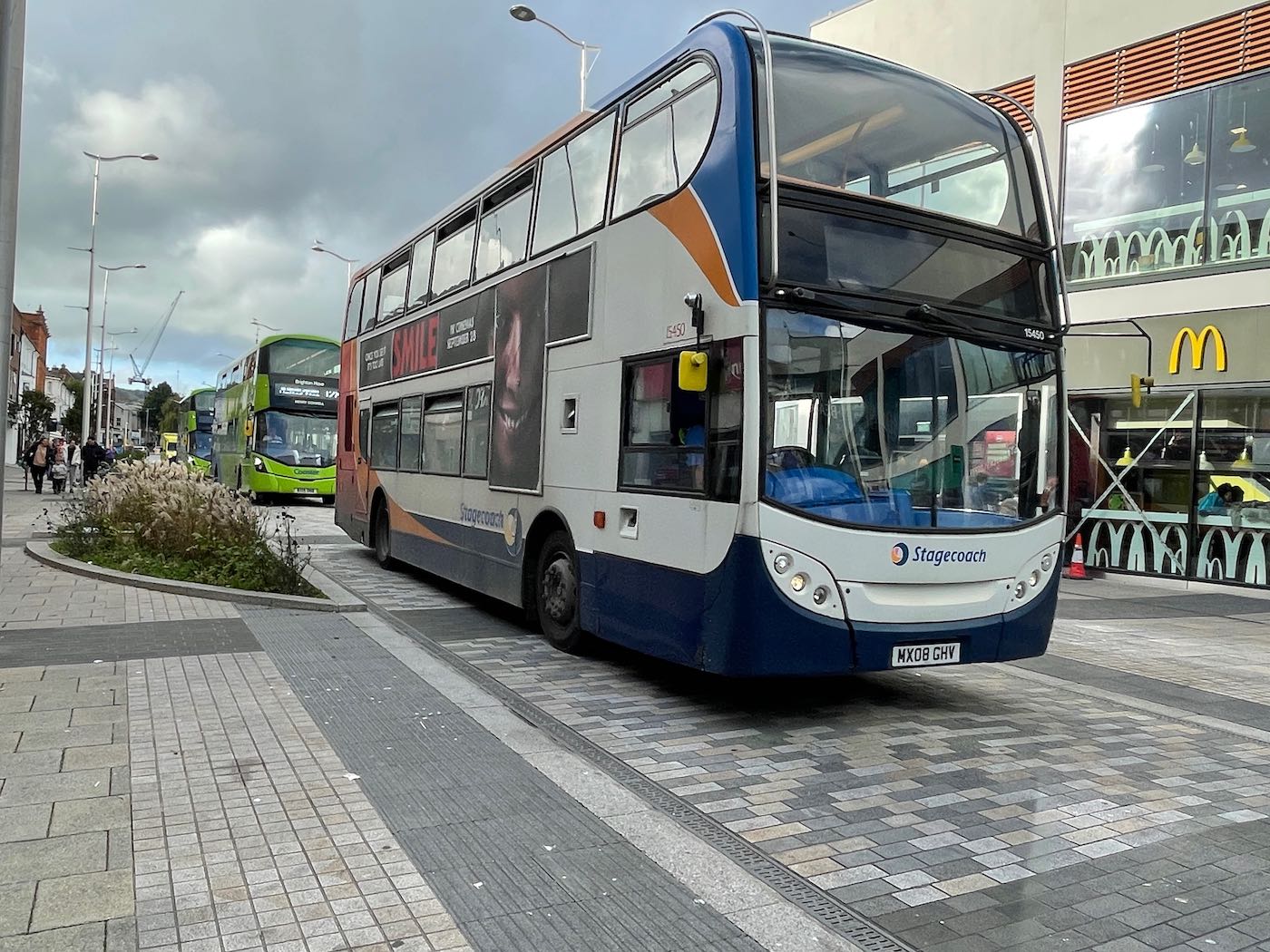
A transport campaigner pointed out that a full double decker bus was the equivalent of taking up to 75 cars off the road.
And a leading surgeon bluntly told the conference that people should get out of their cars for the sake of their health: “Sitting down is lethal”.
More than 100 people attended the Sustainable Transport and Active Travel Summit on Friday (November 17) at the Welcome Centre in Eastbourne, organised by the town’s Eco Action Network.
Themes included improving buses, more safe cycle routes, integrated travel and introducing a 20mph limit to some neighbourhoods to improve safety.

Eastbourne Conservative MP Caroline Ansell (above) and Eastbourne Borough Council’s Liberal Democrat leader Coun Stephen Holt were among the speakers spanning the political divide to address the problem.
Cars: 'You cannot build your way out of a traffic jam’
Ms Ansell told the meeting that one in four families in Eastbourne does not own a car while it was unacceptable some bus journeys, such as between the hospitals in Eastbourne and Hastings, can take up to two hours for a route which can be driven by car in about half an hour.
Former transport minister Norman Baker (below), of the Campaign for Better Transport, noted that £120 million was spent on the Bexhill to Hastings link road in 2015 and that planning by East Sussex County Council (ESCC) was still “very road heavy”.
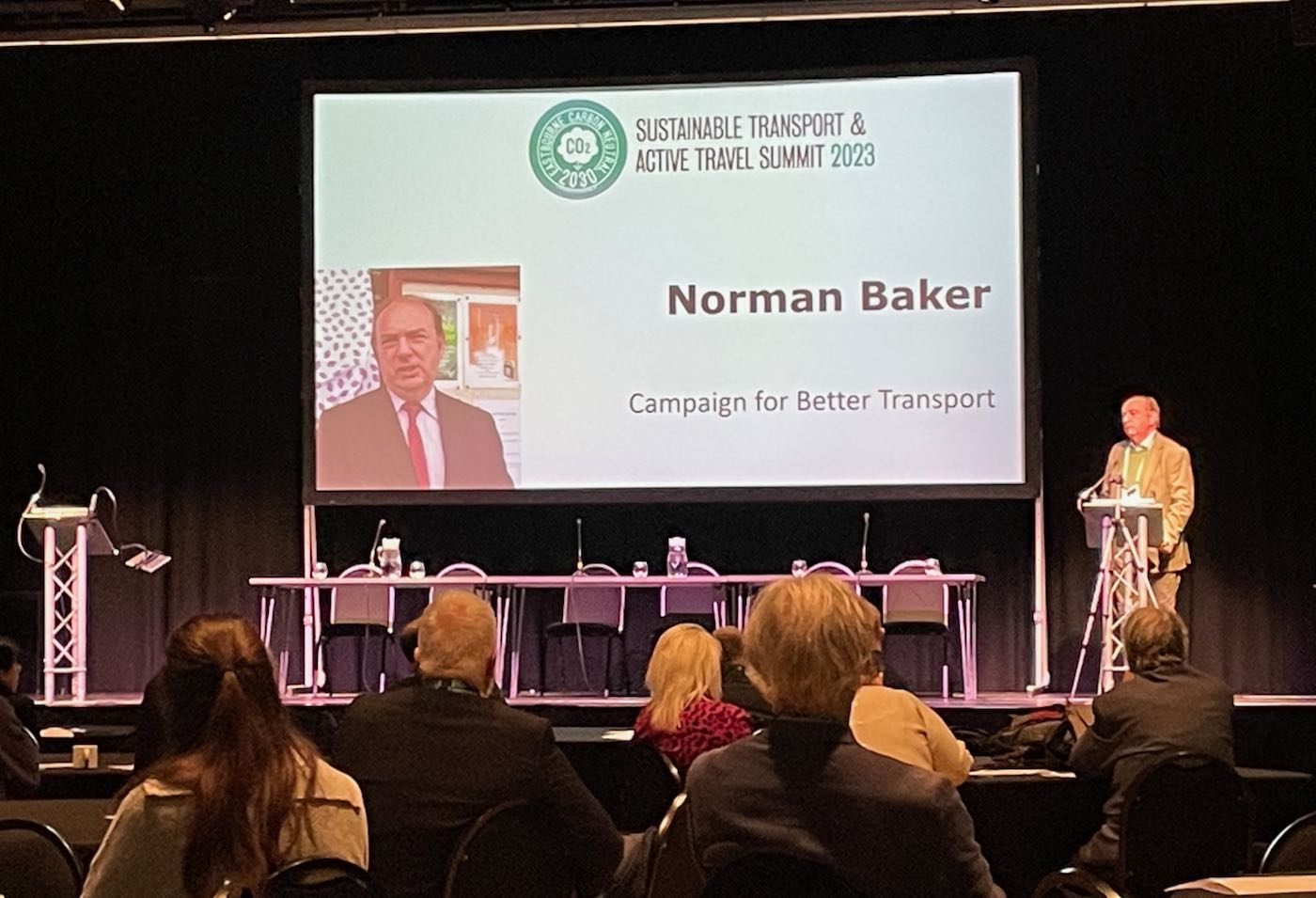
He said: “You cannot build your way out of a traffic jam. Investment in public transport is good for the economy too – let's use some imagination.”
Adrian Berendt, of the 20’s Plenty campaign, told the meeting that casualties in Edinburgh had been reduced by 40% after a city-wide 20mph limit was introduced.
Yet he said in Burwash, East Sussex, (below) villagers have given up campaigning for a 20mph limit after seven years. ESCC, the highways authority, stated in June that it was “not a priority … at the present time”.
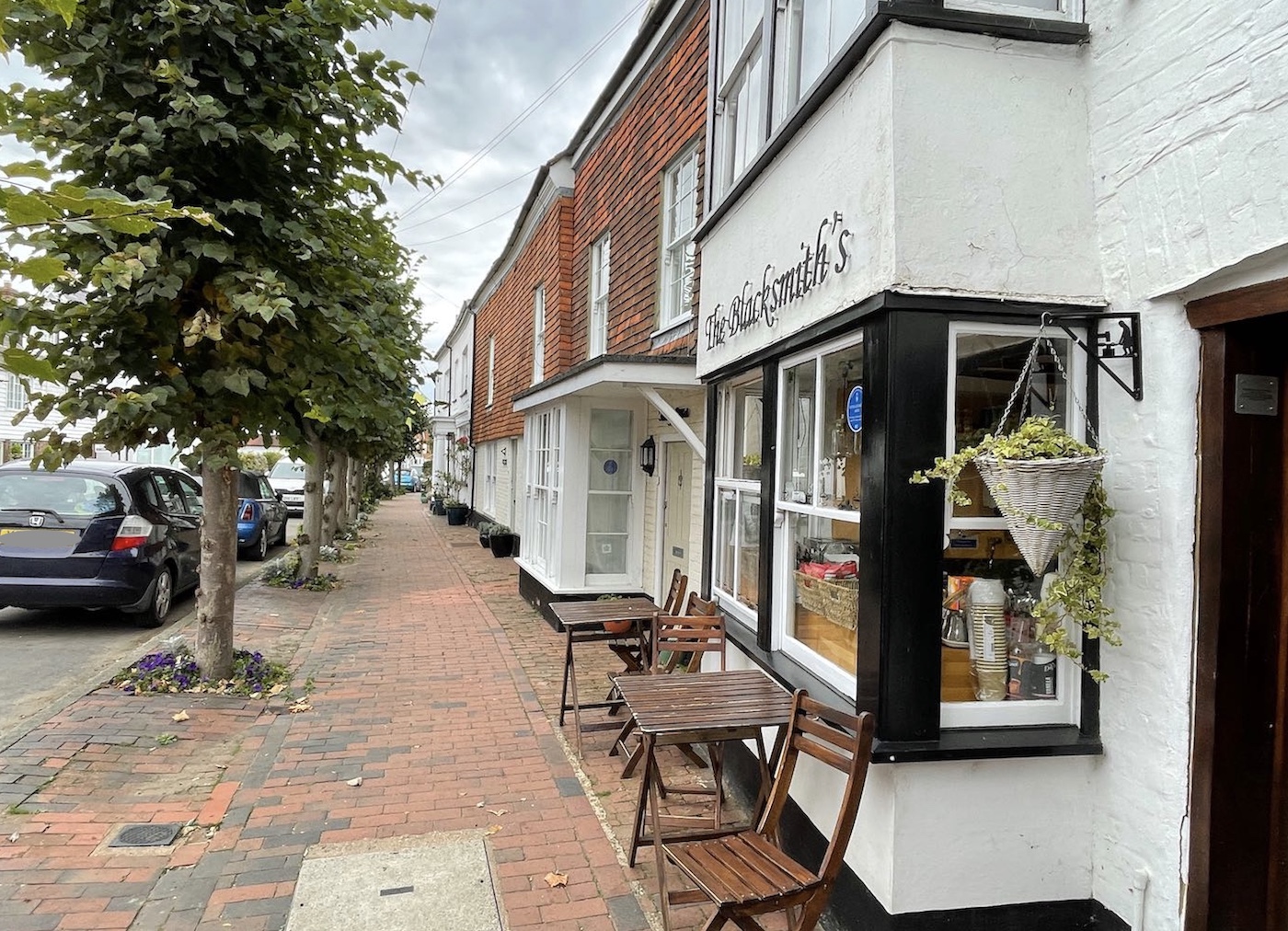
“The same number of people are killed or injured on East Sussex roads as 20 years ago,” said Mr Berendt.
Rupert Clubb, ESCC director of communities, transport and environment, said: “Road corridors are really important for getting around, particularly in rural areas,” adding that the biggest challenge in transport was long-term funding.
He added that on issues such as the controversial proposed bus lane in Seaside, Eastbourne, that “part of our job is taking people with us on that journey”.
Leigh Palmer, head of planning at Lewes and Eastbourne Councils, was highly critical of the car dependency in the town, which he pointed out is mostly flat.
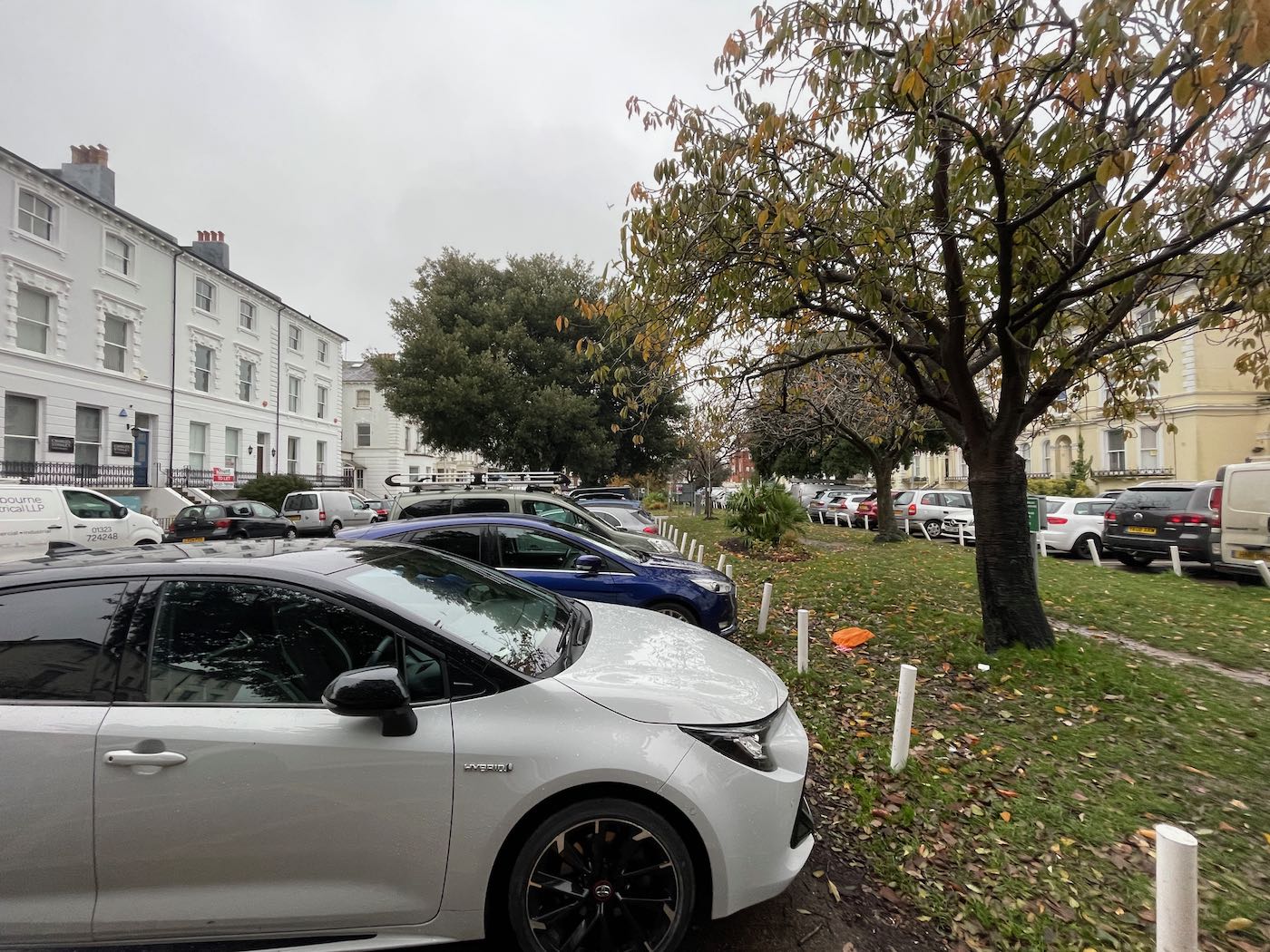
“We make it really, really easy to drive into town and park. Anywhere else in Europe, Hyde Gardens would not be a car park – it would be an asset to the town centre,” he said.
“You should not need bus timetables at all: you should only ever be ten minutes away from another bus coming.”
Christina Ewbank, chief executive of the Eastbourne Chamber of Commerce, quoted Enrique Peñalosa, former mayor of Bogotá: “A developed country is not a place where the poor have cars. It's where the rich use public transportation.”
She asked why, when there was evidence of widespread support, were 20mph limits not on the ESCC agenda and why Eastbourne was ranked so low in terms of cycling safety.
Eastbourne Reporter has asked ESCC both these questions and is waiting for a response.
Cycling: ‘Doing this in Eastbourne is heartrendingly depressing’
The ban on cycling along most of Eastbourne seafront and the lack of bike routes segregated from traffic goes back decades.
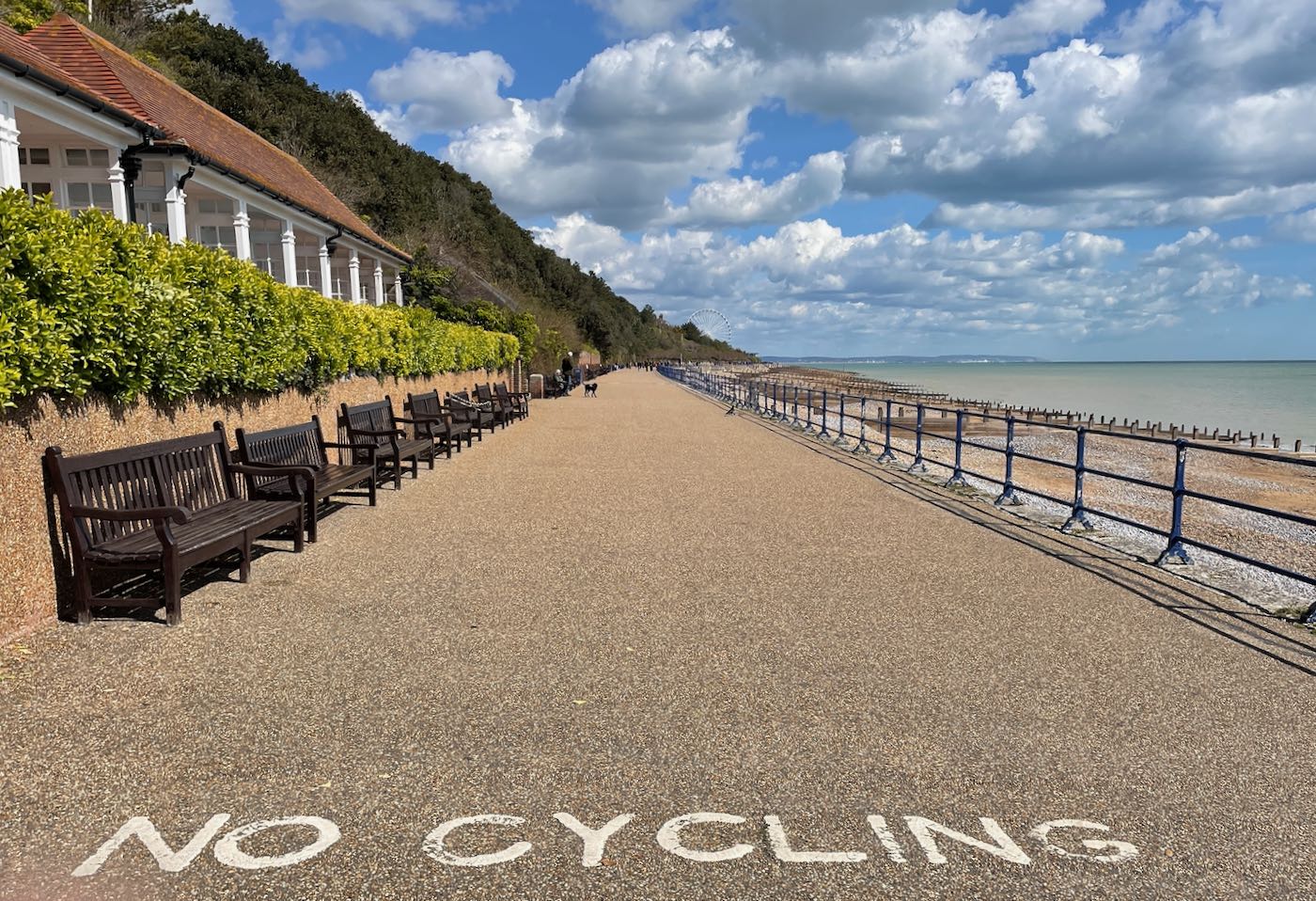
There is a history of well-meant plans, strategies, consultations and draft documents from East Sussex County Council and Eastbourne Borough Council – plus ever-mounting frustration from cycling groups and others.
"I feel people are out to kill me"
Gem Aellah
Yet it is still banned from most of the four-mile-long flat promenade, aside from a short section at the eastern end. Eastbourne Reporter has published a three-part series on this subject: you can read the first part here.
Gem Aellah, of Sussex University and Bespoke Cycle Group, told the meeting of her experience cycling to school in the Old Town with her two children in a trailer.
“It is heartrendingly depressing. One of my children is ten years old now but it is unsafe for them to cycle along roads such as Victoria Drive,” she said.
“The cycling infrastructure in Eastbourne is miles behind other towns.
“The attitude of our population as a town is very pro car. I have lost count of the number of times I have been sworn at while cycling with my kids. It is very distressing that I feel people are out to kill me.”
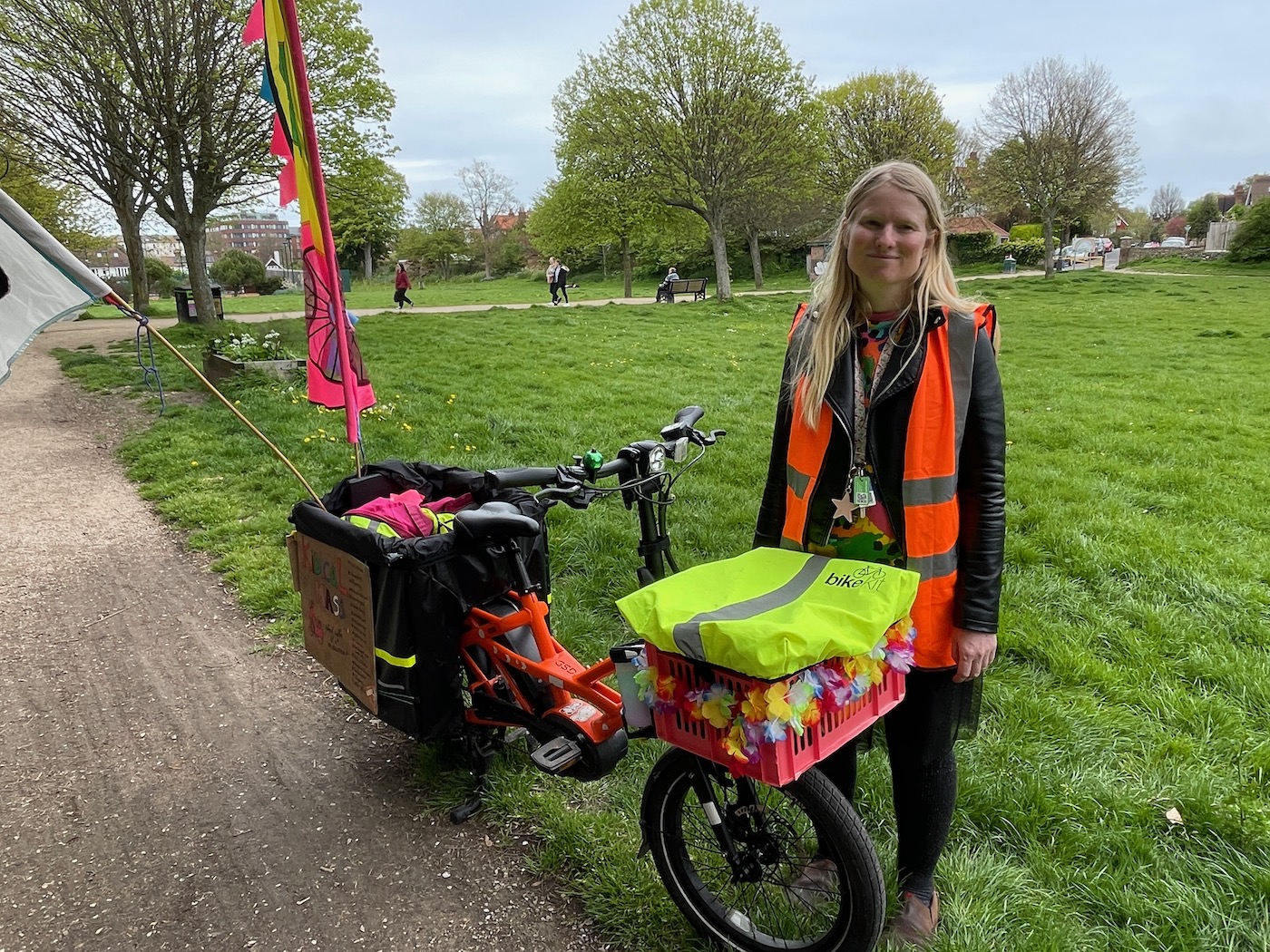
She called for a collaborative and constructive approach by ESCC: “We would rather work together to change the narrative of the town.”
Chris Todd, of Transport Action Network, told how he was bitterly disappointed to see that the first sign he saw outside Eastbourne station stated: ‘Cyclists dismount’.
“Seriously? In the 21st Century?” he asked.
Ms Ansell said she first spoke about the issue of seafront cycling ten years ago as a local councillor, adding: “We have to find a way through.”
Buses: ‘We need to get cars off the road – 56% of all emissions come from private cars’
Making the shift from the private space of a car to using a bus is crucial for long-term gain – a full double decker bus takes 75 cars off the road, the meeting heard.
Joel Mitchell, managing director of Stagecoach South East, said the way to make buses work was for more people to use them.
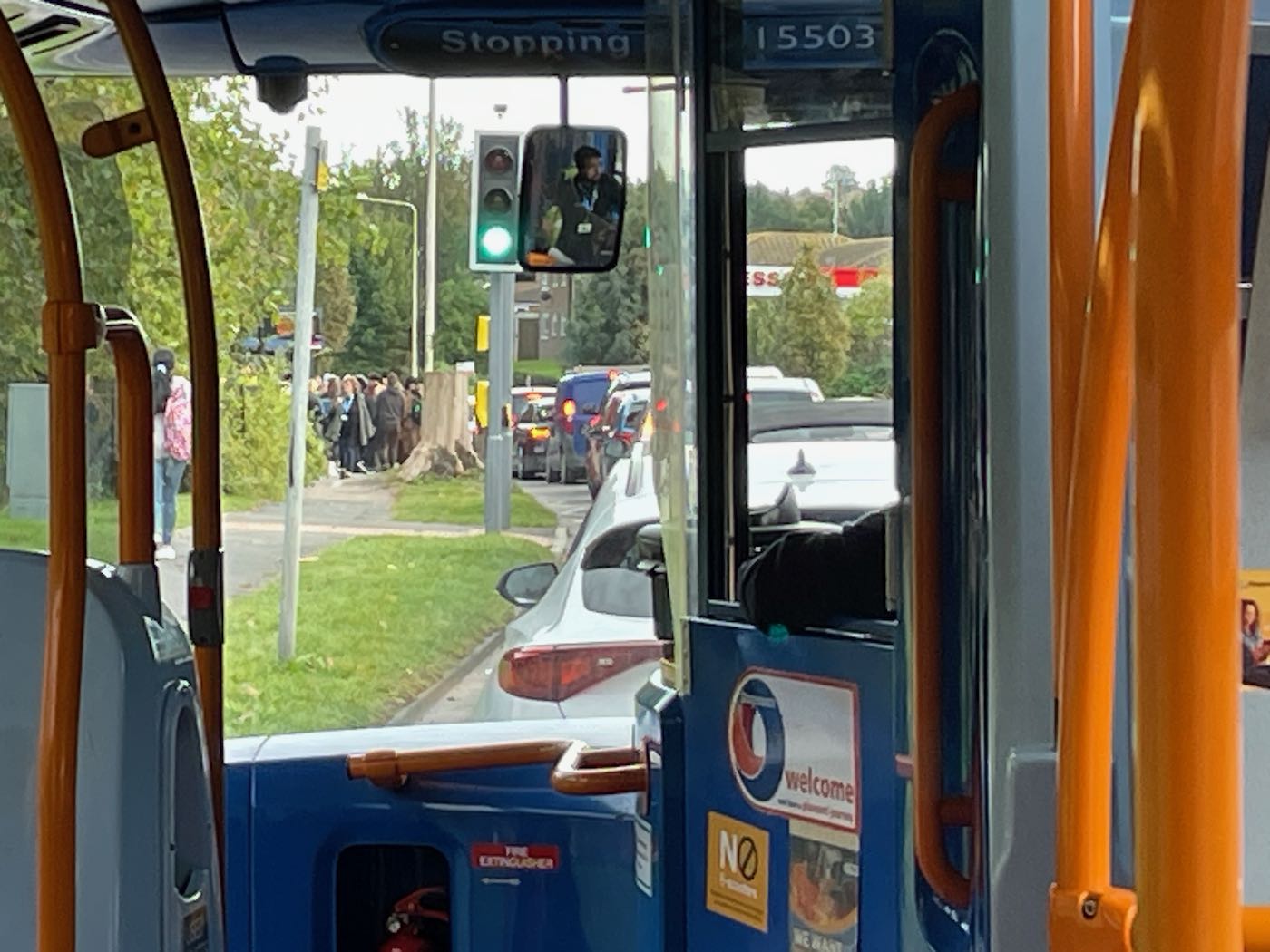
“We aren’t here to make a lot of money but we can’t run at a loss. Three months of bus subsidy equates to less than two days of rail subsidy – but three to four times the number of people use buses.
“What we need to do is get cars off the road – 56% of emissions come from private cars.”
He acknowledged that buses need to be more punctual and reliable but said that road closures and congestion were a huge problem.
Health: ‘24% of adults do no exercise in a week’
The dangers to physical health of sitting for long periods – often in a car – and doing little exercise were highlighted by consultant orthopaedic surgeon Prof Scarlett McNally, a keen cyclist.
“Sitting down and being sedentary is lethal. Why are we not more active, with at least 150 minutes of activity a week? 24% of adults do no exercise in a week,” she said.
Going for a walk or using the stairs made a difference in terms of the metabolic effect on blood/sugar levels, reducing inflammatory effects and increasing strength.
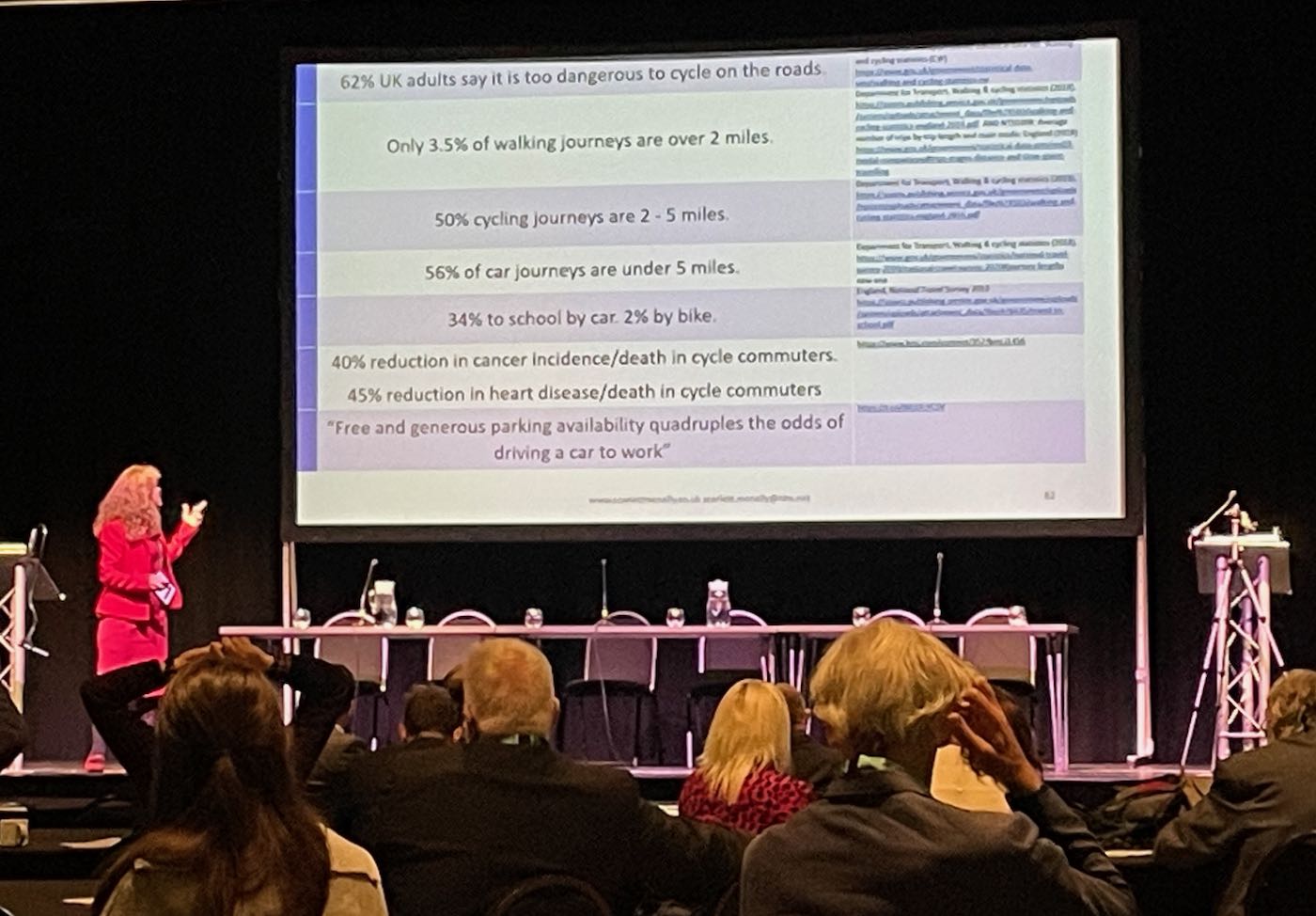
Prof McNally (above) said that half of 65-year-olds have multiple health conditions, which are costing the NHS a huge amount of money while 45% of the entire NHS budget is spent on just 3% of patients.
“If the population was not so inactive and unhealthy, we would not need to spend so much. We can’t afford this!” she warned.
She wrote in the British Medical Journal a year ago that “we should stop seeing the world through windscreens” in a country where 59% of car journeys are under five miles.
Robert McGowan, a director of Eastbourne Eco Action Network, said: "It was wonderful to bring together so many people under one roof - powerful testimony and up-to-date information on Eastbourne's transport scene that was heard by the main decision makers.
"We'll be following up on urgent issues such as 20mph limits where people live, improved bus and train services, and a basic network of cycle routes that are essential for any transition to sustainable transport."
:: If you think this type of original journalism is better than reading PR handouts presented as ‘news’, please support me – it’s free to read but not free to produce. One-off donations are here or become a member here.


